AARP Hearing Center

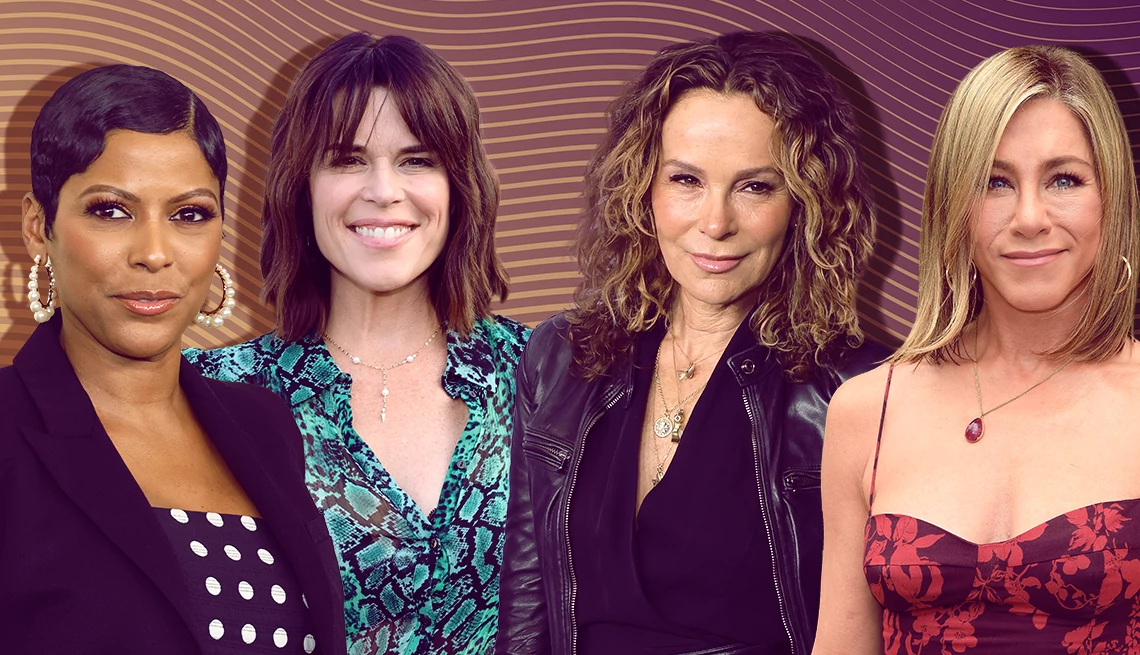
Aging hair has more going on than just style and color. In fact, most women 50 and older are too busy trying to keep their thin, brittle and hormonally challenged mane looking healthy and hefty to wonder if they should crop their lob to a bob. If you’ve been merrily blow-drying and flat ironing along and coloring and/or chemically processing it to boot, this column is a must-read. The wrong hair treatments (even a shelf full of potions, lotions and gummies) or a lack of them, can lead to a straw-like or cotton candy texture and breakage. No need to splurge on pricey salon fixes, get extensions or wear a hat; DIY products can beat hair burnout and promise lustrous locks. Here are six solutions:
1. Start giving scalp problems some TLC
Do you have an itchy or sensitive scalp? Except for root regrowth, most women ignore their scalp until their black sweaters are dusted with white flakes. Unfortunately, the scalp is an ideal resting place for hair-product residue, sweat, oils and dead cells that get in the way of circulation and growth at the roots, where hair follicles are active. For ongoing, serious scalp conditions, see your doctor, but for garden-variety flakiness and a dry, itchy scalp, adding a scalp treatment or scrub to your routine can help. First, make scalp massage a routine part of every shampoo to get the blood flow going (even without any new products). You can use the pads of your fingers in circular movements or a brush like the Growth Bomb Silicone Scalp Brush ($11, cvs.com), which protects hair and nails for those with long nails. A pre-shampoo scrub like Viviscal Exfoliating Scalp Scrub with Biotin & Keratin ($15, target.com) and Neutrogena Healthy Scalp Hydro Boost Scalp Scrub with Hyaluronic Acid ($13, cvs.com) takes massage one step further by physically exfoliating buildup and oils. Be gentle; no need to scrub aggressively! Non-greasy, no-rinse topical scalp oils like Mielle Rosemary Mint Scalp & Hair Strengthening Oil ($10, target.com) and OGX Extra Strength Refreshing Scalp + Teatree Mint Scalp Treatment ($11, cvs.com) are another solution to apply on an as-needed basis; they hydrate and soothe a dry sensitive scalp and leave it feeling fresh and calm minus any greasy texture. Some scalp-care ingredients to look for: caffeine and rosemary to reboot blood flow and tea tree oil and saw palmetto to soothe and fight inflammation.

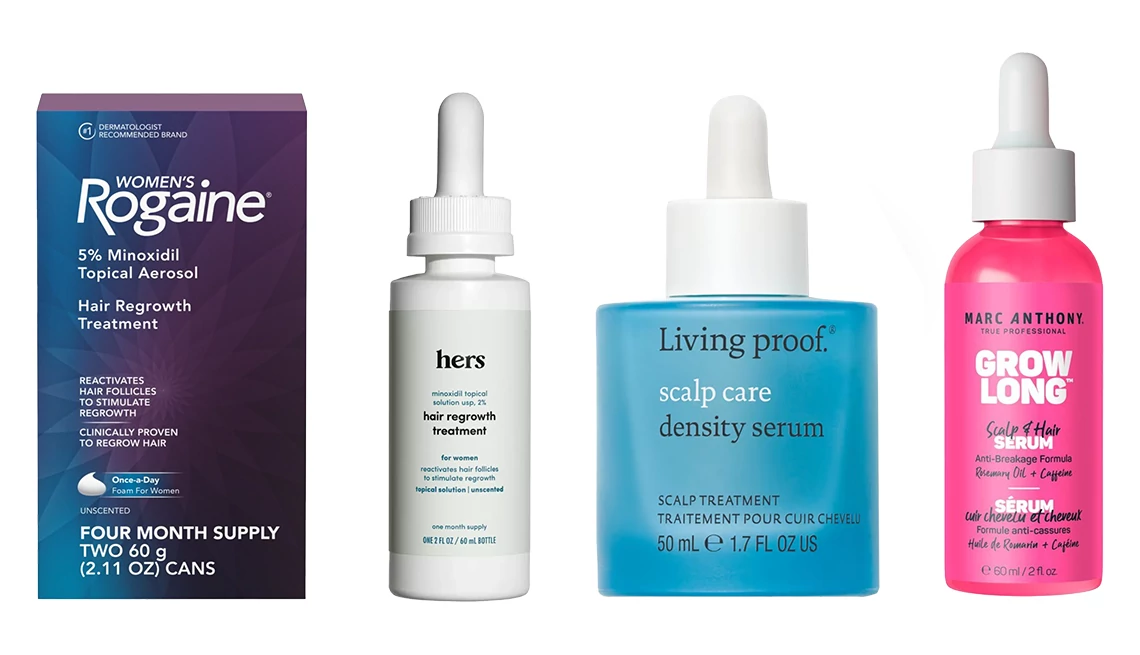
2. Deal with hair loss and thinning
Skimpy hair is not unusual at 50 and older. It can be due to genes, a poor diet, hormonal changes due to menopause or even stress. As a beauty editor, stylist and personal shopper who specializes in this age demographic, the number one complaint I hear about most is hair thinning. Many women discuss thinning hair with their hairdresser, but for serious thinning (especially if you have other medical concerns), I urge you to consult a board-certified dermatologist with experience in hair regrowth. Minoxidil is still the only FDA-approved ingredient proven to grow back hair in women. It’s easily found in over-the-counter products like Rogaine Women’s 5% Minoxidil Foam for Hair Regrowth ($60, cvs.com) and Hers Women’s Minoxidil 2% Topical Solution Hair Regrowth Treatment ($16, target.com), which can be applied to the scalp just prior to bed (no worries, they are not greasy and won’t stain your pillowcases). Other scalp regrowth serums like Living Proof Scalp Care Density Serum ($64, ulta.com) and Marc Anthony Grow Long Scalp and Hair Serum ($10, cvs.com) do not contain minoxidil but are another option for women who are intolerant to minoxidil or just don’t want to use it. Look for serums with zinc and Vitamin B3 like the Dove Scalp + Hair Therapy Hair Density Boost Fullness Restore Scalp Serum ($10, walgreens.com) or others with hair-boosting ingredients like biotin, caffeine, rosemary, castor oil and peptides that are designed to improve density at hairlines and parts, where thinning is most noticeable. Though scientific validation of some ingredients (particularly biotin) isn’t conclusive, there’s no denying the positive studies and rave reviews from users. All regrowth products take time for results to show, so be patient and allow four to six months.































































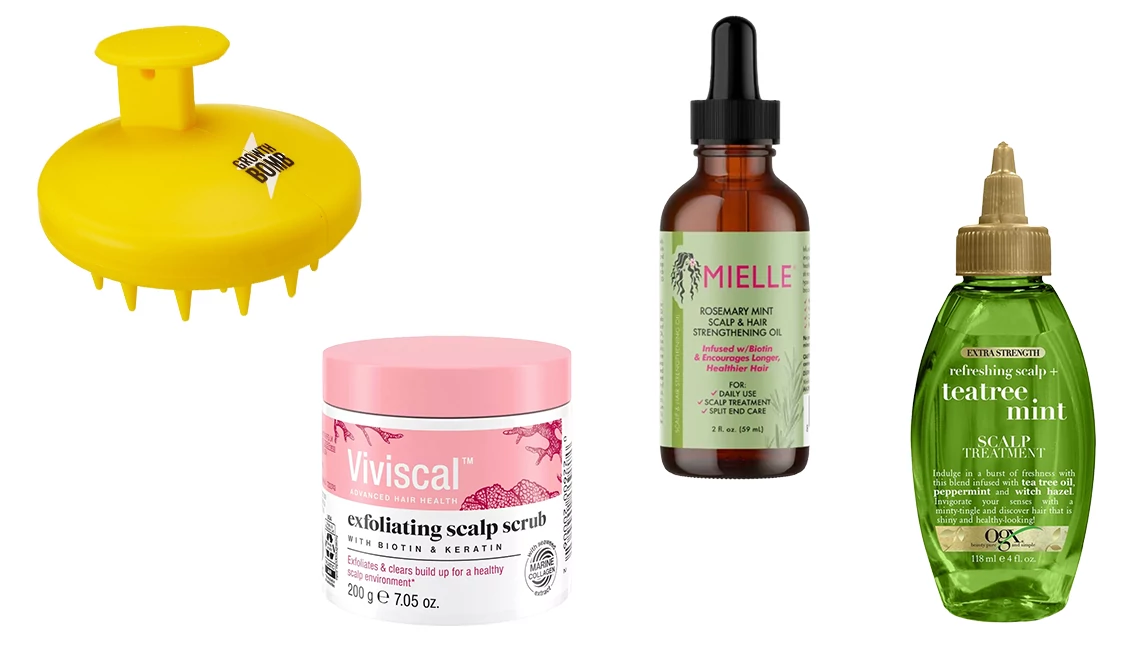


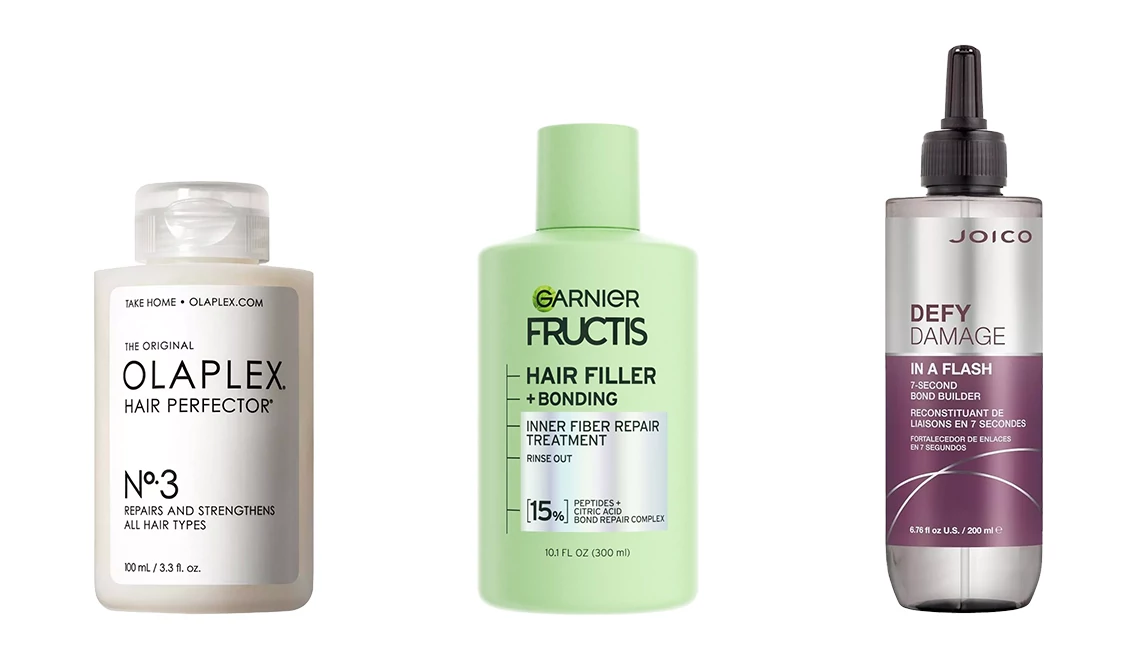

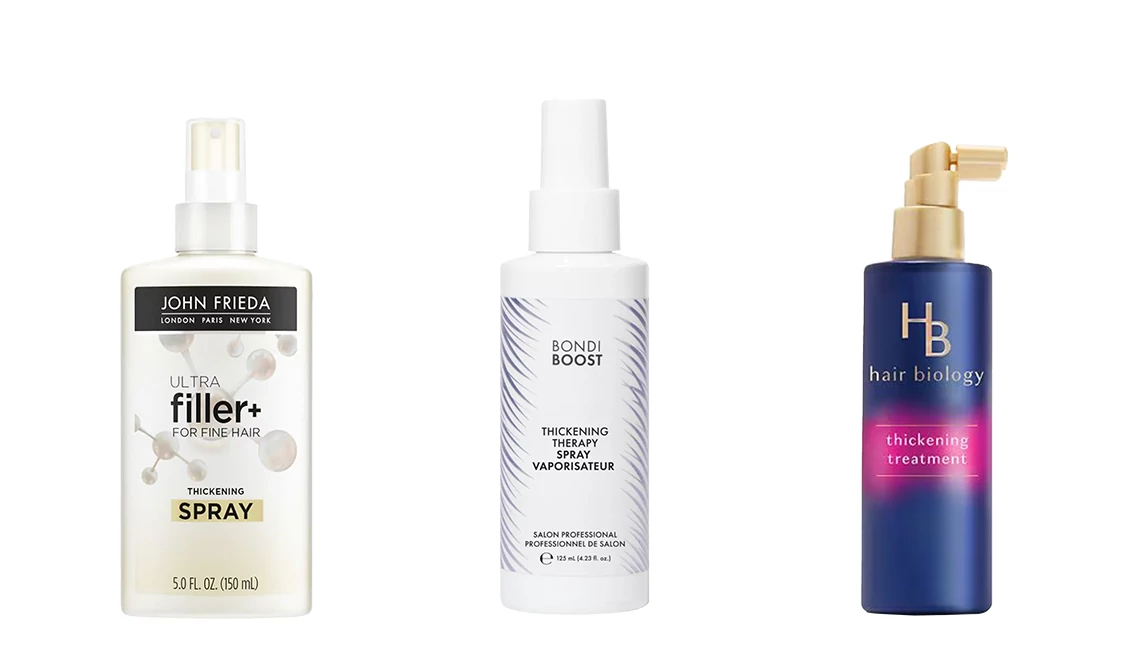



You Might Also Like
The Best Jewelry for Women Over 50
Necklaces, bracelets and rings that will add the finishing touch to any ensemble
25 Great Ways to Save on Beauty Buys
Stay beautiful and on budgetThe Best Makeup for Women Over 50
Essential products and techniques you’ll use daily
Recommended for You